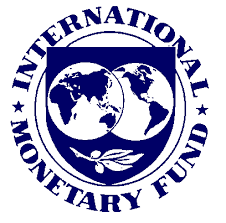
Reserve Bank Of India Credit Policy
1.CRR, Repo and Reverse Repo rates have been kept unchanged. It has upped inflation target from 4% to 5%. It has kept the GDP target at the same levels of 6% with an upward bias. M3 supply target has been increased from 17% to 18%.
2.The various stimulus packages are now doing their jobs, the first quarter results have been good, hence it made no sense to right now tinker with any rates.
3.Growth has been taken care of by the Govt but as expected, RBI is concerned about inflation which is why we saw the target upped.
4.RBI has stated that there were indications of inflation firming up by the end of the year due to increases in commodity prices, easy monetary policy and expansionary fiscal policy.
5.has reiterated that it will maintain an accommodative monetary stance until there are definite and robust signs of recovery,
6.RBI has said that banks have cut rates but need to do more. The message which RBI has thus sent across is that it has done its job well and the ball now lies in the court of the banks. They need to lend but not mindless lending. But once banks loosen their purse strings, demand would pick up and this as per RBI, is where the trick now lies.
Reaction Of Indian Stock Market.
The market opened lackluster and remained low but it had already discounted the credit policy and it was absolutely no surprise to anyone on the street. RBI has sent a message across that it has adopted a neutral stance and is now allowing the market forces to play.








